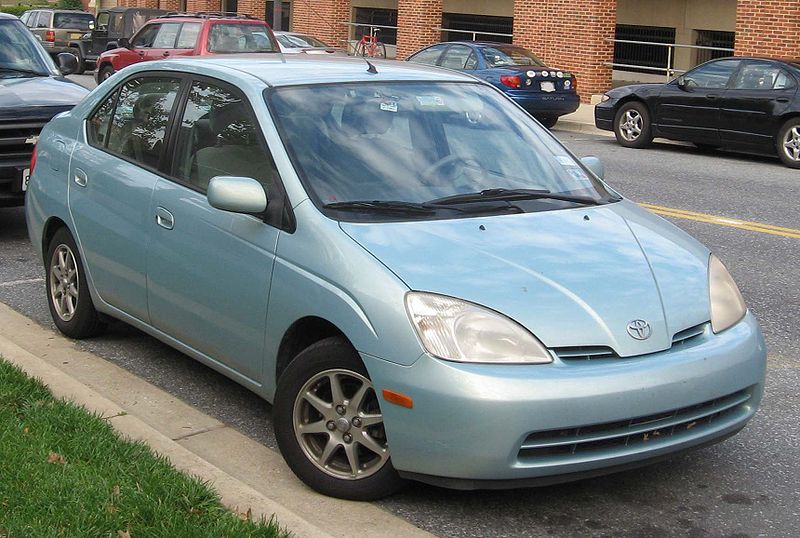Investing in Waste-to-Energy
[youtube http://www.youtube.com/watch?v=0uSdDP_0WmQ]Here’s a short video on a waste-to-energy deal in one of the world’s largest population centers. Dealing with municipal solid waste (MSW) is a serious challenge, but, as is often the case, there’s a twist…
As Donald Trump famously said, “As long as you’re going to be thinking anyway, think big.” That certainly seems to apply to what we’re doing in clean energy, doesn’t it? It’s really not smart to apply time and effort to projects that don’t scale. (more…)

 I’m trying to arrange a meeting with one of 2GreenEnergy’s great supporters, an international, high-flying guy whose fantastic biomass-to-energy project I support without reservation. His base in the U.S. is Chapel Hill, North Carolina, a place I like a great deal, but I don’t visit often on business. When I asked about his travel schedule, hoping to arrange a mutually agreeable meeting place and time, he wrote: “I’m in Vegas often for the UFC fights (“ultimate fighting”); I love them and try not to miss one when I’m in the States. I look forward to meeting you.”
I’m trying to arrange a meeting with one of 2GreenEnergy’s great supporters, an international, high-flying guy whose fantastic biomass-to-energy project I support without reservation. His base in the U.S. is Chapel Hill, North Carolina, a place I like a great deal, but I don’t visit often on business. When I asked about his travel schedule, hoping to arrange a mutually agreeable meeting place and time, he wrote: “I’m in Vegas often for the UFC fights (“ultimate fighting”); I love them and try not to miss one when I’m in the States. I look forward to meeting you.” A significant part of the stimulus money from the Department of Energy has enabled homeowners to perform extremely cost-effective retrofits for energy efficiency. A lovely and articulate spokesperson from
A significant part of the stimulus money from the Department of Energy has enabled homeowners to perform extremely cost-effective retrofits for energy efficiency. A lovely and articulate spokesperson from  I always look forward to the
I always look forward to the  Here’s a bit of good news that I’d like to pass along. I’ve often written that the U.S.
Here’s a bit of good news that I’d like to pass along. I’ve often written that the U.S. 
 There are some highly respected thinkers who completely and vocally reject the idea of electric vehicles. I spoke recently with John Petersen of SeekingAlpha.com fame, whose recent article: “
There are some highly respected thinkers who completely and vocally reject the idea of electric vehicles. I spoke recently with John Petersen of SeekingAlpha.com fame, whose recent article: “ Frequent commenter Cameron Atwood writes:
Frequent commenter Cameron Atwood writes: